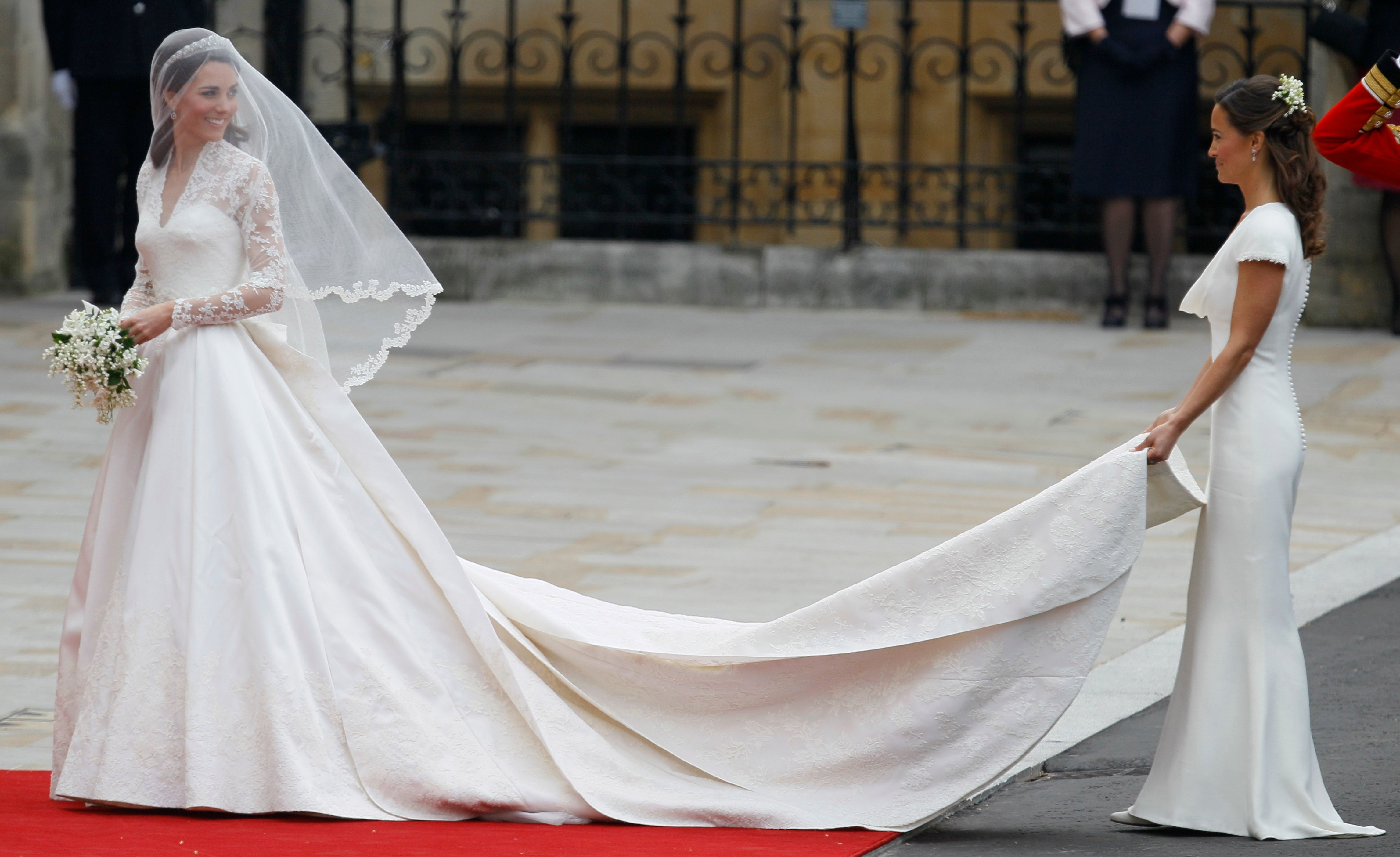Your support helps us to tell the story
This election is still a dead heat, according to most polls. In a fight with such wafer-thin margins, we need reporters on the ground talking to the people Trump and Harris are courting. Your support allows us to keep sending journalists to the story.
The Independent is trusted by 27 million Americans from across the entire political spectrum every month. Unlike many other quality news outlets, we choose not to lock you out of our reporting and analysis with paywalls. But quality journalism must still be paid for.
Help us keep bring these critical stories to light. Your support makes all the difference.
Pippa Middleton and her husband are reportedly embroiled in a planning row with their neighbours over public use of a footpath on their 145-acre estate.
The Princess of Wales’s sister and her husband James Matthews moved to the £15 million Berkshire mansion two years ago. The previous owner, designer and restaurateur Sir Terence Conran, had allowed locals to use the path freely.
Locals have criticised the couple’s “outrageous” decision to block a pathway ramblers claim to have used for over 50 years.
However, Mr Matthews submitted a “highway declaration notice” to the local council earlier this year, stating that the country lane leading up to the Georgian mansion’s driveway was now inaccessible to the public.
Pictures obtained by the MailOnline show the couple have since put up a gate and signs reading “No Trespassing” and “Private: No Public Access”, leaving locals unable to use the footpath.

Eugene Futcher, chairman of walking charity the West Berkshire Ramblers, had submitted a “definitive map modification order” last year to have the public right of access confirmed.
“There is evidence through witness statements of the public having had access to this lane going back to the 1960s,” Mr Futcher told The Telegraph. “There has been unfettered public access for decades if not centuries.”
One villager told the MailOnline: “I like to walk, and I don’t see why I can’t walk there. I have been walking along there for 50 years. When Sir Terence had it, he had no objections. I think we should have a right to roam.”

Another said: “It feels they are depriving the village of an amenity. People might get the impression they are throwing their weight around.”
Some however spoke in support of the couple, with one villager telling the Mail Online: “The public assume it is a right of way. It has never been a right of way. ‘They were always allowed to walk it by the previous landowner but now it’s owned by somebody else. [The Matthews] have just exercised their right.”
The council’s decision on the matter is expected in 2025 but until then, landowners are allowed to impose their own restrictions.
Right to roam campaigners in England are calling for Scottish-style regulations in which residents can legally wander over almost all land and inland waters provided they follow certain basic rules such as removing all their belongings – a practice known as leave no trace.
In England, the right of free access covers 8 per cent of the country, excluding footpaths, and wild camping is illegal everywhere except a small area in Dartmoor, which was temporarily taken away in 2023 when a local landowner argued for its prohibition at the High Court.
A deadline of 2031 was set out in the Countryside and Rights of Way Act 2000 for all public footpaths and bridleways to be officially mapped.
Anyone can apply to have a footpath registered if there is sufficient historical evidence that a right of way has existed. However, local councils – who are responsible for processing the claims – have a backlog of nearly 8,000 applications.
James Matthews has been contacted for a comment.
Discover more from CaveNews Times
Subscribe to get the latest posts sent to your email.


























![Exploring the Serene Beauty of Nature: A Reflection on [YouTube video title]](https://cavemangardens.art/storage/2024/04/114803-exploring-the-serene-beauty-of-nature-a-reflection-on-youtube-video-title-360x180.jpg)


























